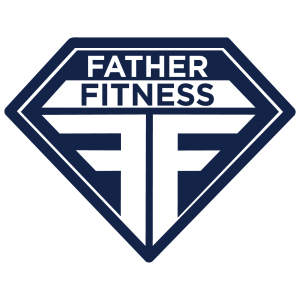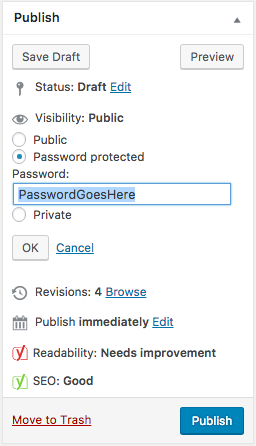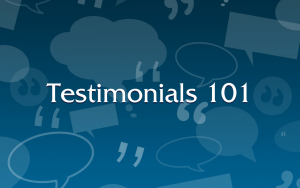
Why I Started Stellar Platforms
After years of working with successful authors and coaches, improving or creating their digital infrastructure, it gave me the opportunity to examine how a thought leader builds a successful business on their teachings.
There were a number of similarities. (I call them Cornerstones.) Once I identified what these similarities were, and how the most successful platforms worked, I resolved to make a platform for myself.
I made the wrong platform.
My intentions were noble, at least. I did some really deep soul searching, and I asked myself: how could I have the most positive impact on the world? Not just today, or in ten years, but in a hundred years – how could my work provide the most positive benefit to humanity, one century from now?
I settled on fatherhood.
If I could help men become better fathers, then they would raise better children. Better kids grow up to become better people, and better people make a better world. This was the area I identified as having the maximum impact for my life’s work, so I built a platform around it.
 I made a logo, and a brand, and a website for BeTheBetterDad.com. I started blogging about the habits that make me a better father, and I made a free online course, the 5-Day Father Fitness Program. That gave me some customers, which meant I could ask them about the problems they face, and structure my offerings around solving those problems. I made Customer Avatars, and discovered, to my surprise, that I was in no way qualified to help this audience.
I made a logo, and a brand, and a website for BeTheBetterDad.com. I started blogging about the habits that make me a better father, and I made a free online course, the 5-Day Father Fitness Program. That gave me some customers, which meant I could ask them about the problems they face, and structure my offerings around solving those problems. I made Customer Avatars, and discovered, to my surprise, that I was in no way qualified to help this audience.
The problems that modern dads are facing – divorce, depression, having kids living in separate households – I wasn’t equipped to help them with that. I’ve got no experience with divorce, and I’m not a therapist or a relationship coach – I’m a guy who has a good handle on his habits, and I tried to share some of those.
But what this audience actually needed was not something I could provide.
So I went back to the drawing board. I asked myself, “What am I uniquely good at doing?”
I looked over the entire infrastructure that I created for Father Fitness, and I thought, “I can do that. I can make a platform.”
Stellar Platforms was created so that I can help people with what I do best: create the branding and automation infrastructure that financially supports a thought leader as they grow their audience.
The Four Cornerstones
Like many polymaths, I’m not an expert in any one thing, but I have a modest level of mastery in some very different things. It turns out this variety of skills is especially useful for the 4 Cornerstones of a Stellar Platform.
- My theatrical training gave me an artistic flair in creating characters, which I use when making Customer Avatars.
- My sales training has given me the psychological understanding of why people buy, which I use to make Sales Funnels.
- My time as a writer gave me the ability to produce and disseminate ideas clearly, which is a core component of Content Marketing.
- My freelance web design business taught me how to integrate complicated platforms together, which is essential for eCommerce.
I never thought these separate areas of my interests would combine anywhere. I only pursued the interests that appealed to me most at the time. Now I have the opportunity to use each of these areas of mastery as a Cornerstone to my own Stellar Platform. That’s why I started this business.
Stellar Platforms are for Rising Stars.
The kinds of people who need these four Cornerstones are the thought leaders and authors who have a message, and have an audience, but they don’t yet have a platform to enable them to make a living by simply spreading their message.
If you are one of the Illuminators of Tomorrow, let’s work together.




 Do you have some premium content you would like to protect?
Do you have some premium content you would like to protect?  I am an American expat living in New Zealand, and I have spent ten years running an online business while traveling the world with my young family. I'm a website designer, copywriter, and sales strategist who specializes in creating online courses and sales funnels for bestselling authors, business coaches, and professional public speakers.
I am an American expat living in New Zealand, and I have spent ten years running an online business while traveling the world with my young family. I'm a website designer, copywriter, and sales strategist who specializes in creating online courses and sales funnels for bestselling authors, business coaches, and professional public speakers. 
